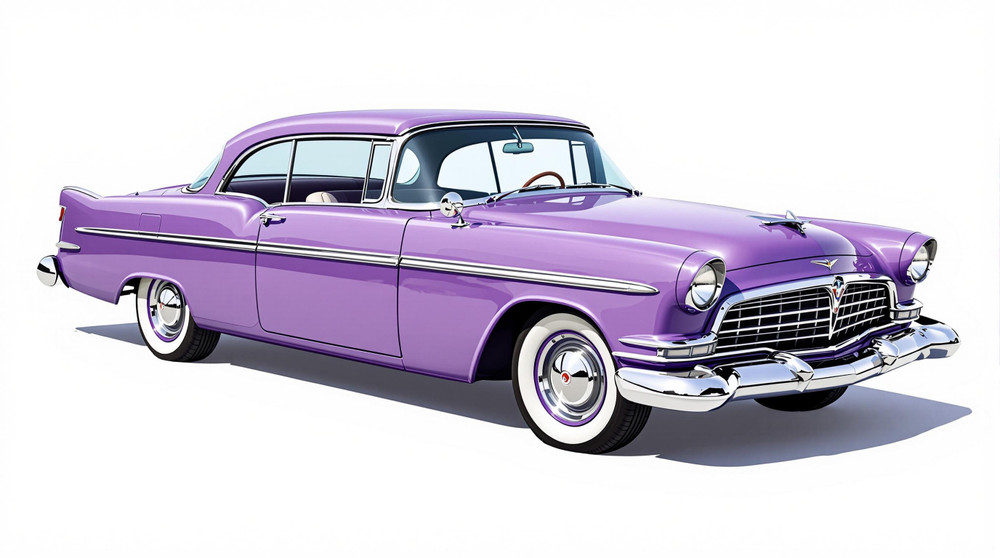Image of 1956 Chrysler 300, Note: These illustrations use artistic license and may differ from actual historical models.
Performance Metrics
Fundamental Metrics
Emotional Appeal
MMP Rating
| Engine Specifications | |
|---|---|
| Engine: | 354 cu in (5.8 L) Hemi V8 |
| Displacement: | 354 cu in (5.8 L) |
| Horsepower: | 340 hp at 4600 rpm |
| Torque: | 405 lb-ft at 2800 rpm |
| Compression Ratio: | 9.0:1 |
| Ignition System: | Dual-Point Distributor |
| Cooling System: | Liquid-cooled |
| Performance Specifications | |
| 0-60 Time: | 9.8 seconds |
| 1/4 Mile Time: | 16.5 seconds |
| Top Speed: | 130 mph |
| Transmission and Drive | |
| Drive Type: | Rear-wheel drive |
| Transmission Type: | 2-speed PowerFlite automatic |
| Fuel and Efficiency | |
| Fuel System Type: | Dual 4-barrel carburetors |
| MPG: | 10-12 mpg |
| Dimensions and Brakes | |
| Brakes: | Drum brakes |
| Wheelbase: | 126 inches |
| Weight: | 4,310 lbs |
Note: Specifications for classic cars are given to the best of our ability, considering the limited and variant data available.
Unveiling the Powerhouse of 1956: The Chrysler 300
The year 1956 saw the birth of a legend in the automotive world, the Chrysler 300. This machine wasn't just a car; it was a statement of luxury and performance that set a new benchmark in its era. Born from the innovative minds at Chrysler, the 300 model was part of the letter series of high-performance luxury cars that began with the C-300. It quickly became known as "The Banker's Hotrod," combining opulence with raw power. A unique fact about this vehicle is that it was considered America's most powerful car at the time, thanks to its 354 cubic inch Hemi V8 engine.
Design and Innovation
The exterior styling of the 1956 Chrysler 300 was a blend of elegance and aggression. Its long, sleek body was adorned with a bold front grille and prominent tail fins that were all the rage in the '50s. The car's interior was equally impressive, featuring high-quality materials such as rich leather upholstery and luxurious carpeting that spoke volumes about its premium status. Technologically, it boasted innovations like push-button PowerFlite automatic transmission and full-time power steering, which were cutting-edge for its time. Color options for the 1956 Chrysler 300 were limited but impactful, with choices like Raven Black and Regimental Red being popular among enthusiasts. The vehicle came in a two-door hardtop body style that exuded sportiness and class. This iconic body style remains the most celebrated by collectors and classic car aficionados alike.
Historical Significance
The Chrysler 300 made an indelible mark on automotive design and technology with its introduction of one of the first production engines to be rated at 300 horsepower. It set this car apart from its contemporaries and established a legacy that would influence future generations of performance vehicles.
Performance and Handling
Underneath its hood lay a beast capable of propelling the Chrysler 300 to top speeds that were unheard of for a luxury sedan at that time. With an acceleration from 0-60 mph in just under 10 seconds, it could outperform many sports cars of its day. The handling was equally impressive; despite its size, the vehicle managed to navigate through challenging driving conditions with grace—thanks to its advanced suspension system. Driving a '56 Chrysler 300 is an experience akin to commanding a symphony of power. The roar of its Hemi V8 engine is music to any gearhead's ears, while the solid yet comfortable ride makes every journey memorable.
Ownership Experience
The Chrysler 300 was not just any car; it was versatile enough to serve as a daily driver or take center stage at car shows. Its reliability was commendable for the period, although maintenance could be costly due to the specialized parts and expertise required for repairs.
Fun Facts
A little-known trivia about this model is that it featured prominently in early NASCAR races, dominating tracks with its superior power. While not common, there have been instances where celebrities owned these majestic machines, adding to their allure. Despite criticisms over fuel consumption—a natural trait for such powerful engines—the Chrysler 300 has held an esteemed place in automotive history.
Collector's Information
Today, a well-preserved 1956 Chrysler 300 can fetch anywhere between $60,000 to well over $100,000 depending on condition and originality. Approximately 1,102 units were produced, making them relatively rare finds on the market. Over time, these vehicles have generally appreciated in value as they've become more sought after by collectors who appreciate their blend of luxury and performance.
Conclusion
The 1956 Chrysler 300 is more than just a classic car; it's an emblematic piece of American automotive history that combined luxury with unprecedented power. Its influence can still be felt in modern performance vehicles today. For those lucky enough to own one or simply admire them at shows, this vehicle continues to represent an era when cars were not just modes of transportation but symbols of status and engineering prowess.
1956 Chrysler 300 Catalog of Parts
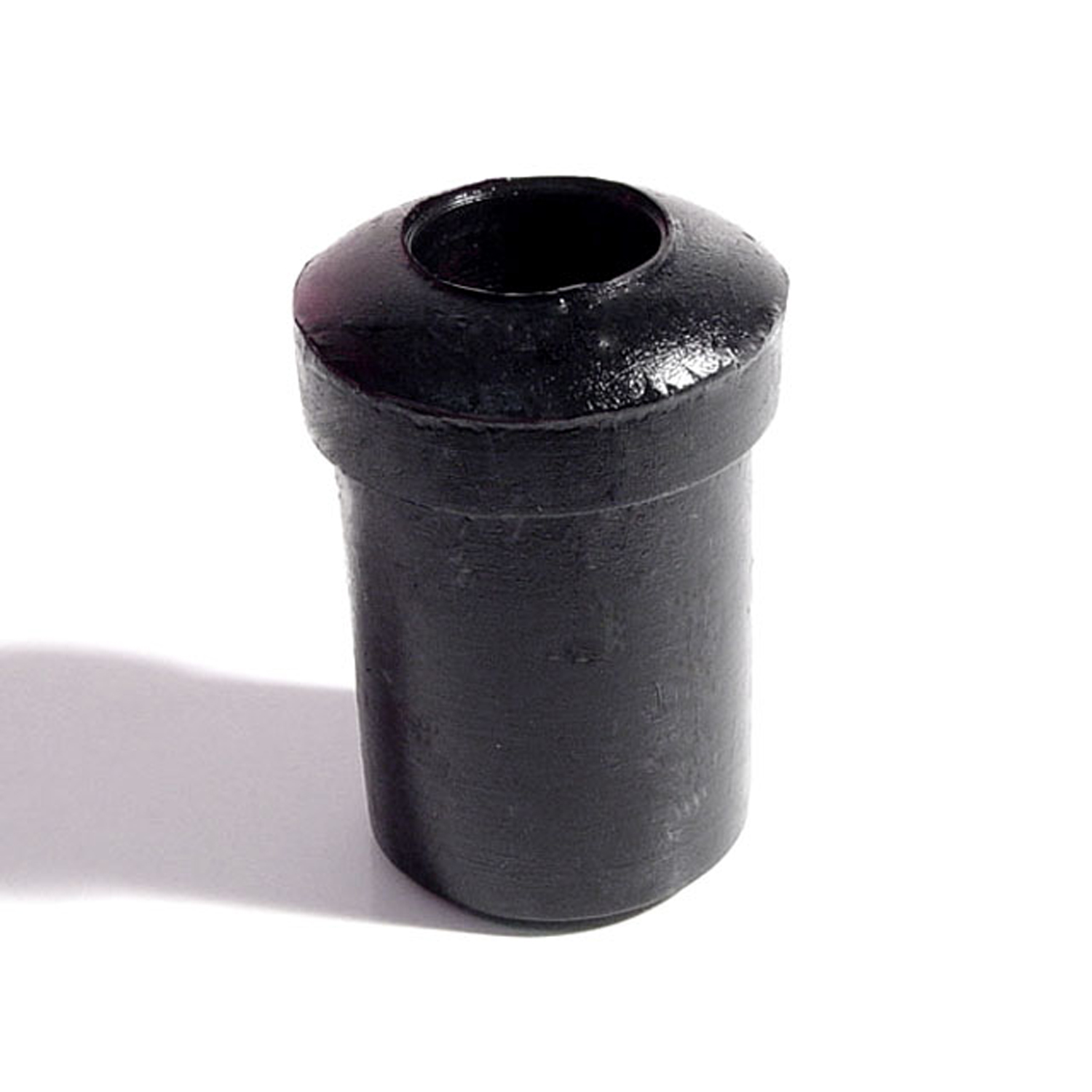 1956 Chrysler 300 Spring and Shackle Bushing. 1" bottom O.D-BN 20Spring and Shackle Bushing. 1" bottom O.D. X 1-5/8" high, with 9/16" I.D. Each
1956 Chrysler 300 Spring and Shackle Bushing. 1" bottom O.D-BN 20Spring and Shackle Bushing. 1" bottom O.D. X 1-5/8" high, with 9/16" I.D. Each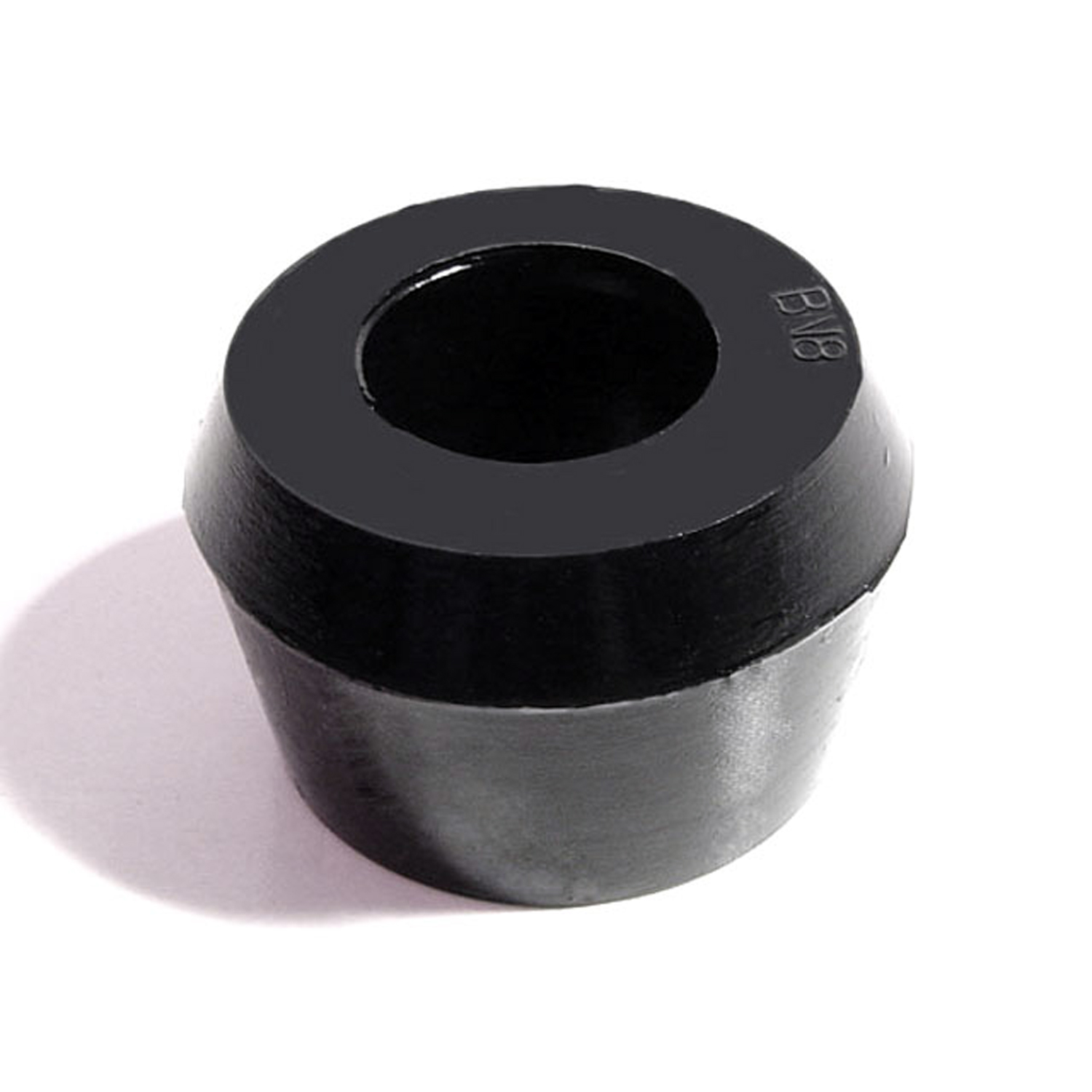 1956 Chrysler 300 Shock Absorber Grommet. 1-1/4" bottom O.D-BN 8Shock Absorber Grommet. 1-1/4" bottom O.D., 1" high, with 3/4" I.D. Each
1956 Chrysler 300 Shock Absorber Grommet. 1-1/4" bottom O.D-BN 8Shock Absorber Grommet. 1-1/4" bottom O.D., 1" high, with 3/4" I.D. Each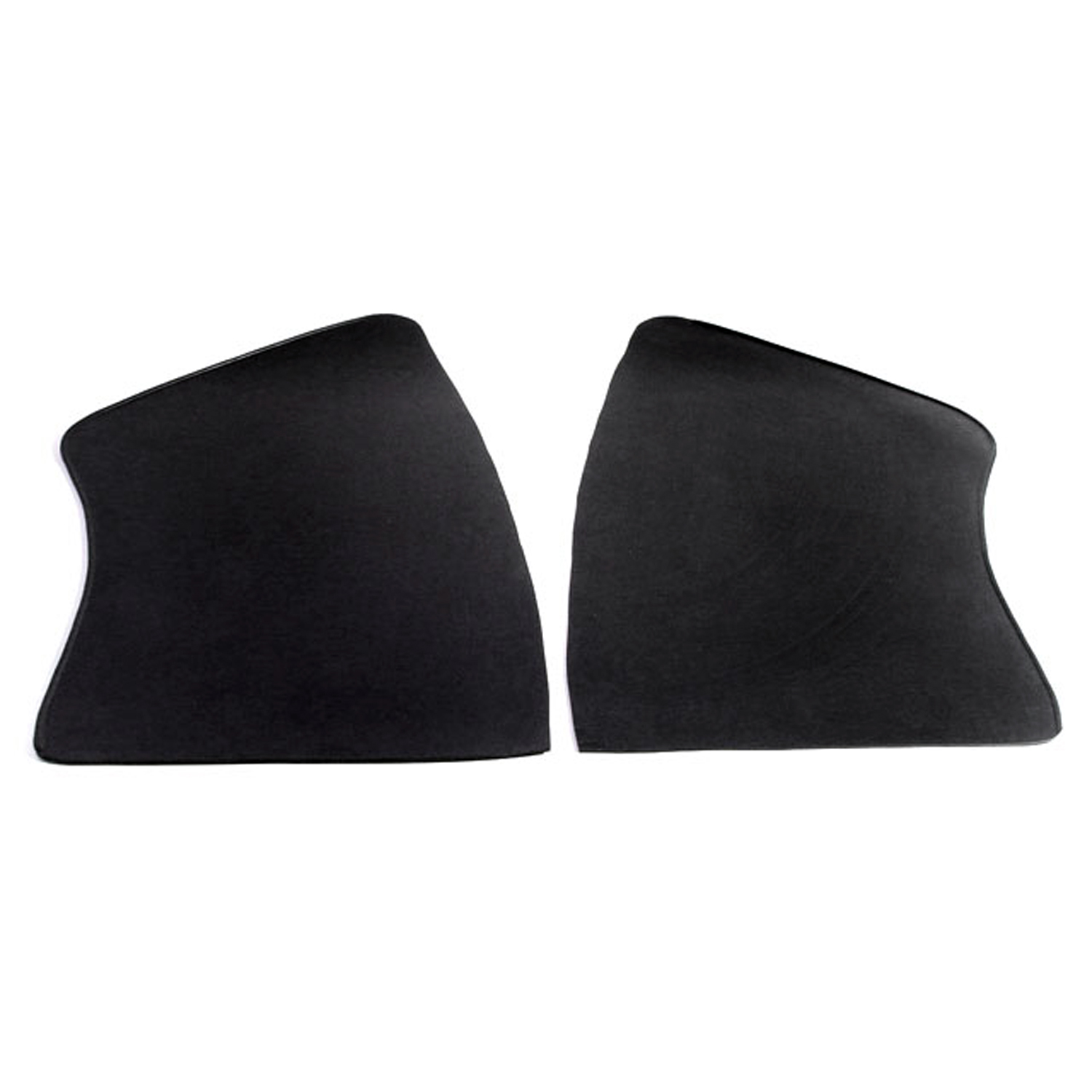 1956 Chrysler 300 Gravel Shields. Molded flat without metal backing plates-FS 31Gravel Shields. Molded flat without metal backing plates. Apply with contact cement. 18" long X 9-3/4" wide at bottom. Pair
1956 Chrysler 300 Gravel Shields. Molded flat without metal backing plates-FS 31Gravel Shields. Molded flat without metal backing plates. Apply with contact cement. 18" long X 9-3/4" wide at bottom. Pair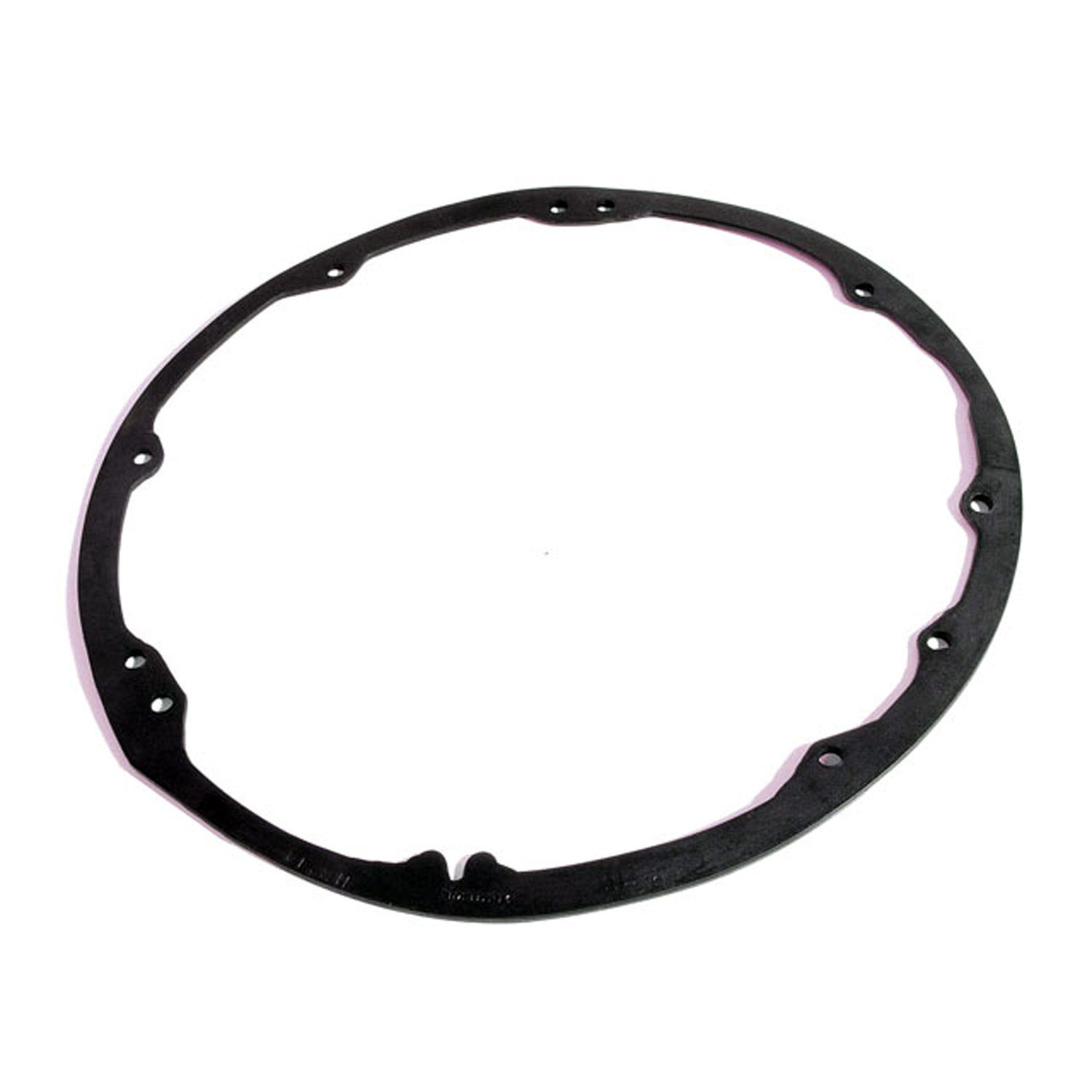 1956 Chrysler 300 Headlight Ring Seal. 8-3/8" O.D., 7-3/4" I.D. Pair-HR 14Headlight Ring Seal. 8-3/8" O.D., 7-3/4" I.D. Pair
1956 Chrysler 300 Headlight Ring Seal. 8-3/8" O.D., 7-3/4" I.D. Pair-HR 14Headlight Ring Seal. 8-3/8" O.D., 7-3/4" I.D. Pair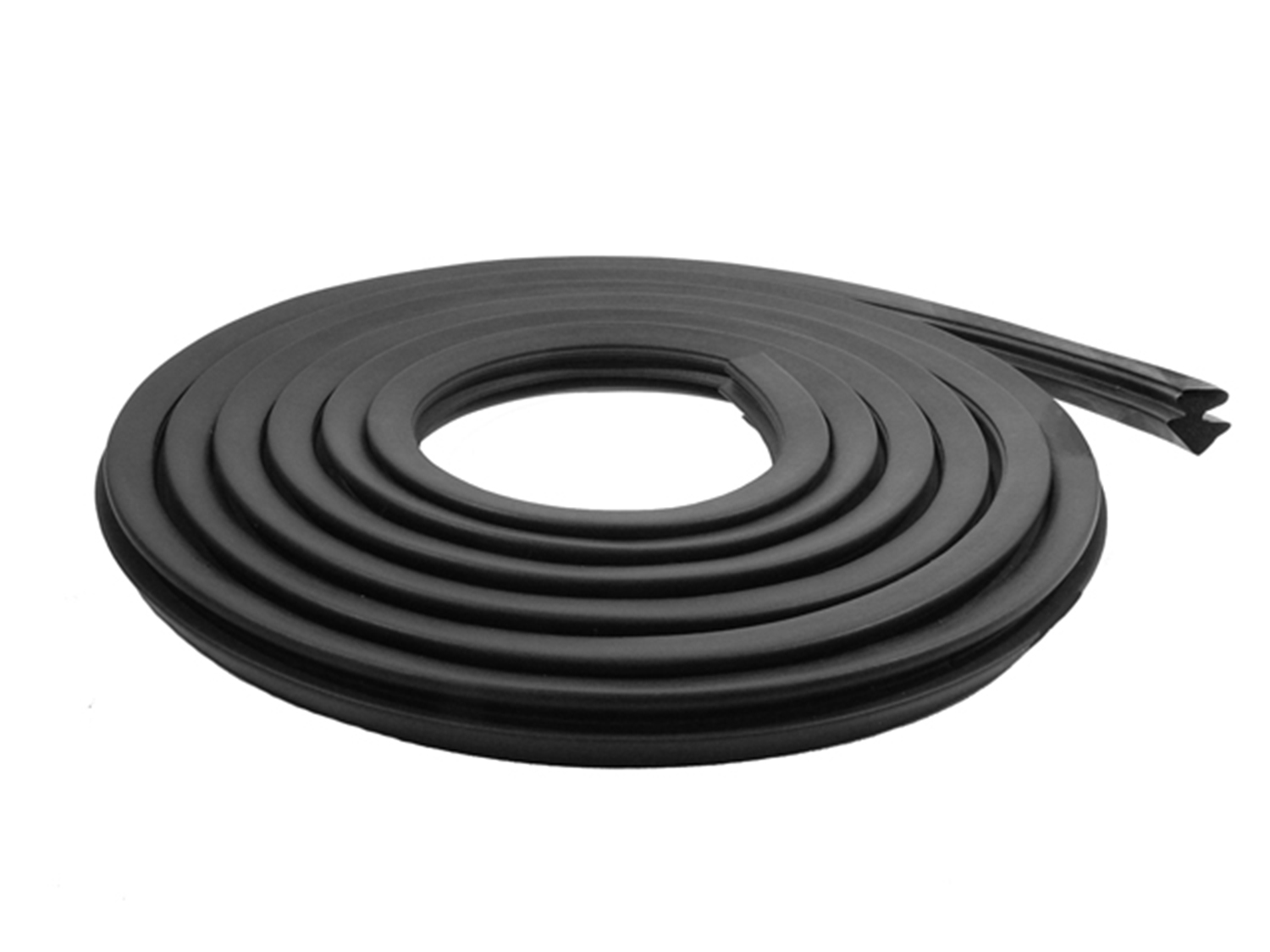 1956 Chrysler 300 Trunk Seal. Each-TK 64-16Trunk Seal. Each
1956 Chrysler 300 Trunk Seal. Each-TK 64-16Trunk Seal. Each 1956 Chrysler 300 Rear Roll-up Window Seals, for Hardtops and Convertibles-VS 7Rear Roll-up Window Seals, for Hardtops and Convertibles. For leading edge of rear quarter windows. Two pieces, 17-3/4" long. Pair
1956 Chrysler 300 Rear Roll-up Window Seals, for Hardtops and Convertibles-VS 7Rear Roll-up Window Seals, for Hardtops and Convertibles. For leading edge of rear quarter windows. Two pieces, 17-3/4" long. Pair 1956 Chrysler 300 Rear Roll-Up Side Quarter Window Seals (fits some models)-VS 7-BRear Roll-Up Side Quarter Window Seals (fits some models). Pair R&L
1956 Chrysler 300 Rear Roll-Up Side Quarter Window Seals (fits some models)-VS 7-BRear Roll-Up Side Quarter Window Seals (fits some models). Pair R&L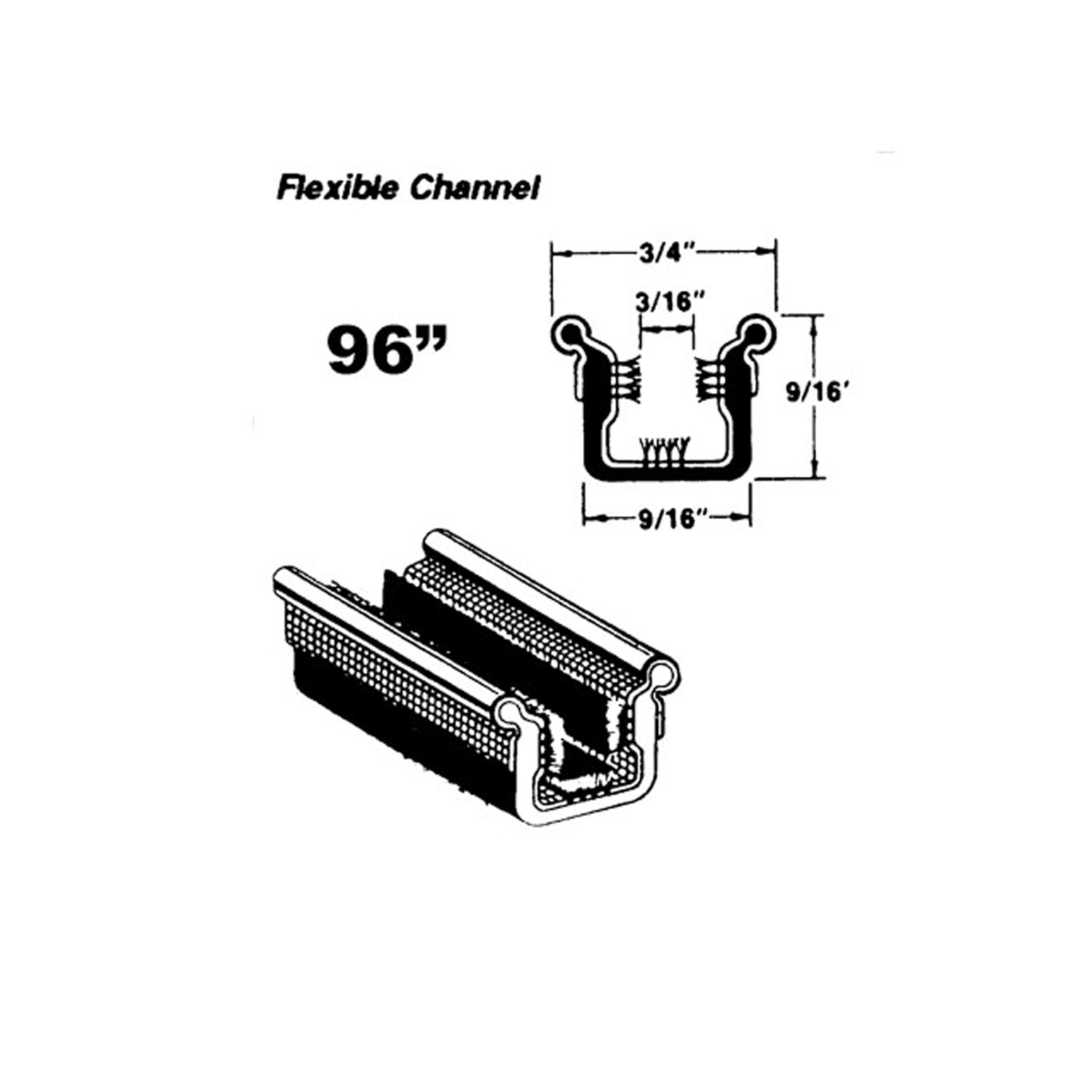 1956 Chrysler 300 Flexible window channel-WC 10-96Flexible window channel. Rubber covered with mohair lining and stainless steel bead. 96 in. long. Each. NOTE: $20 special shipping charge applies for domestic orders. Call or email for overseas shipping costs. Part can be sectioned in two or three equal lengths to reduce overseas shipping costs.
1956 Chrysler 300 Flexible window channel-WC 10-96Flexible window channel. Rubber covered with mohair lining and stainless steel bead. 96 in. long. Each. NOTE: $20 special shipping charge applies for domestic orders. Call or email for overseas shipping costs. Part can be sectioned in two or three equal lengths to reduce overseas shipping costs.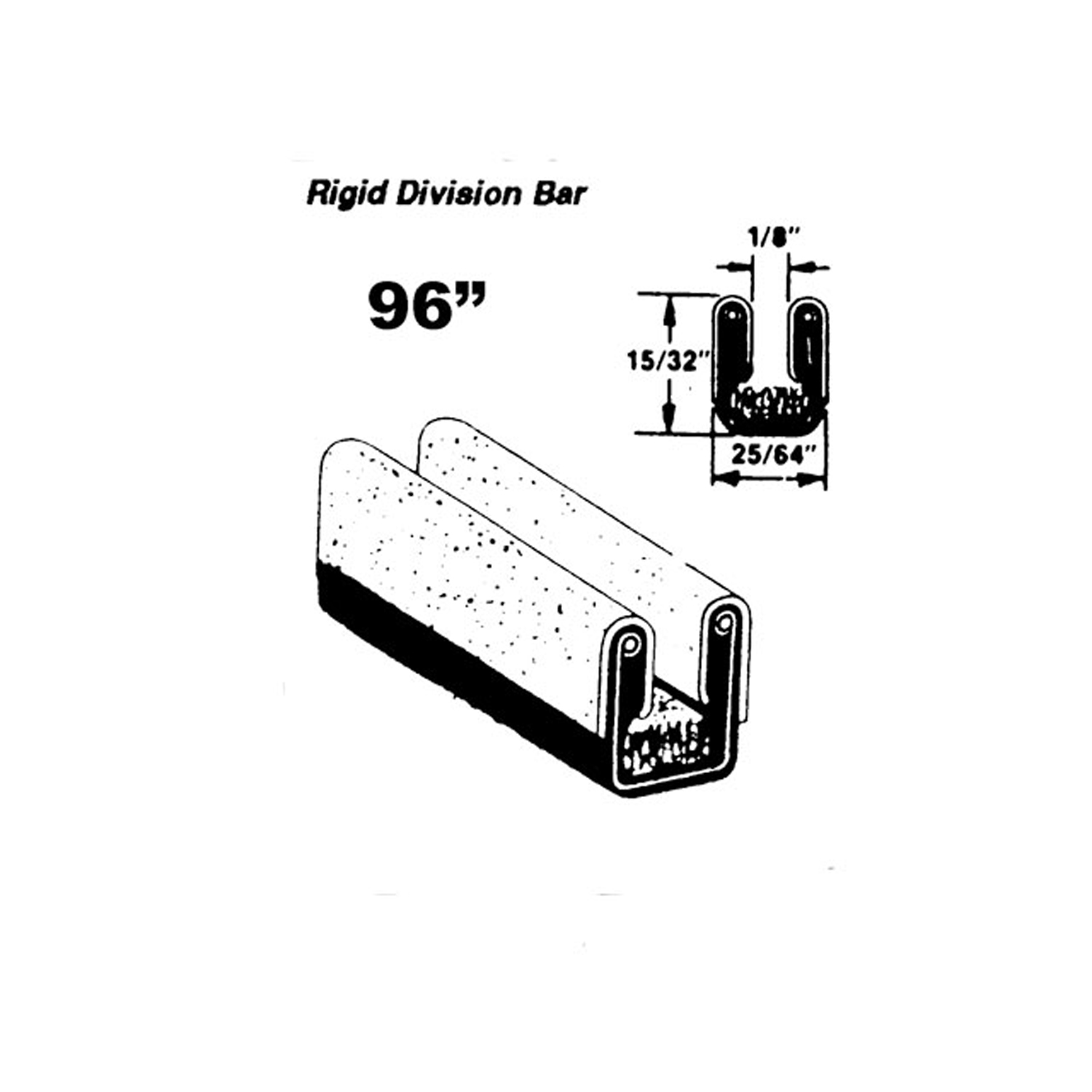 1956 Chrysler 300 Rigid division-bar run channel-WC 31-96Rigid division-bar run channel. Made with very soft felt lining. Used on front and rear door side windows. 96 in. long. Each. NOTE: $20 special shipping charge applies for domestic orders. Call or email for overseas shipping costs. Part can be sectioned in two or three equal lengths to reduce overseas shipping costs.
1956 Chrysler 300 Rigid division-bar run channel-WC 31-96Rigid division-bar run channel. Made with very soft felt lining. Used on front and rear door side windows. 96 in. long. Each. NOTE: $20 special shipping charge applies for domestic orders. Call or email for overseas shipping costs. Part can be sectioned in two or three equal lengths to reduce overseas shipping costs.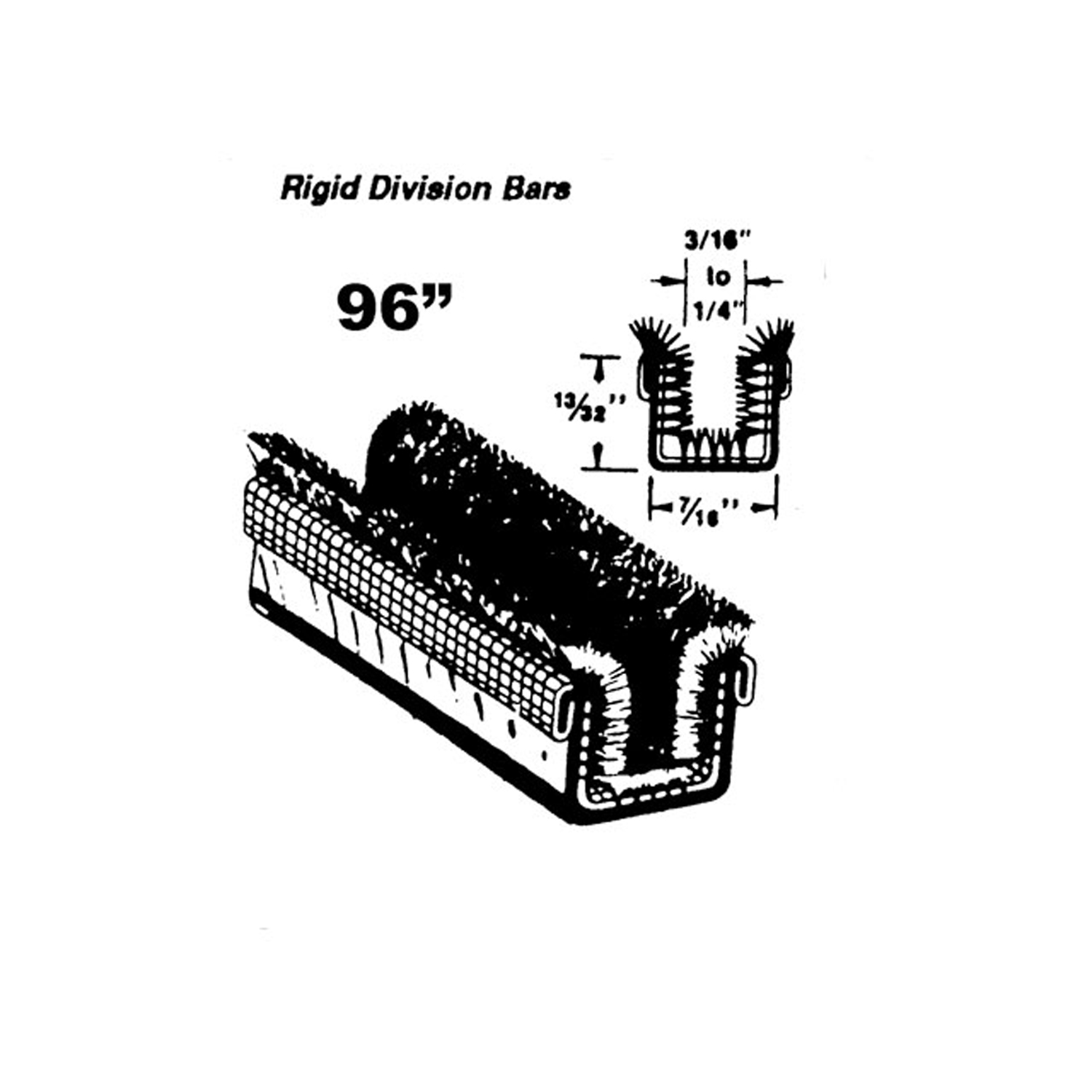 1956 Chrysler 300 Rigid division-bar channel. Unbeaded. 96 in. long. Each-WC 41-96Rigid division-bar channel. Unbeaded. 96 in. long. Each. NOTE: $20 special shipping charge applies for domestic orders. Call or email for overseas shipping costs. Part can be sectioned in two or three equal lengths to reduce overseas shipping costs.
1956 Chrysler 300 Rigid division-bar channel. Unbeaded. 96 in. long. Each-WC 41-96Rigid division-bar channel. Unbeaded. 96 in. long. Each. NOTE: $20 special shipping charge applies for domestic orders. Call or email for overseas shipping costs. Part can be sectioned in two or three equal lengths to reduce overseas shipping costs.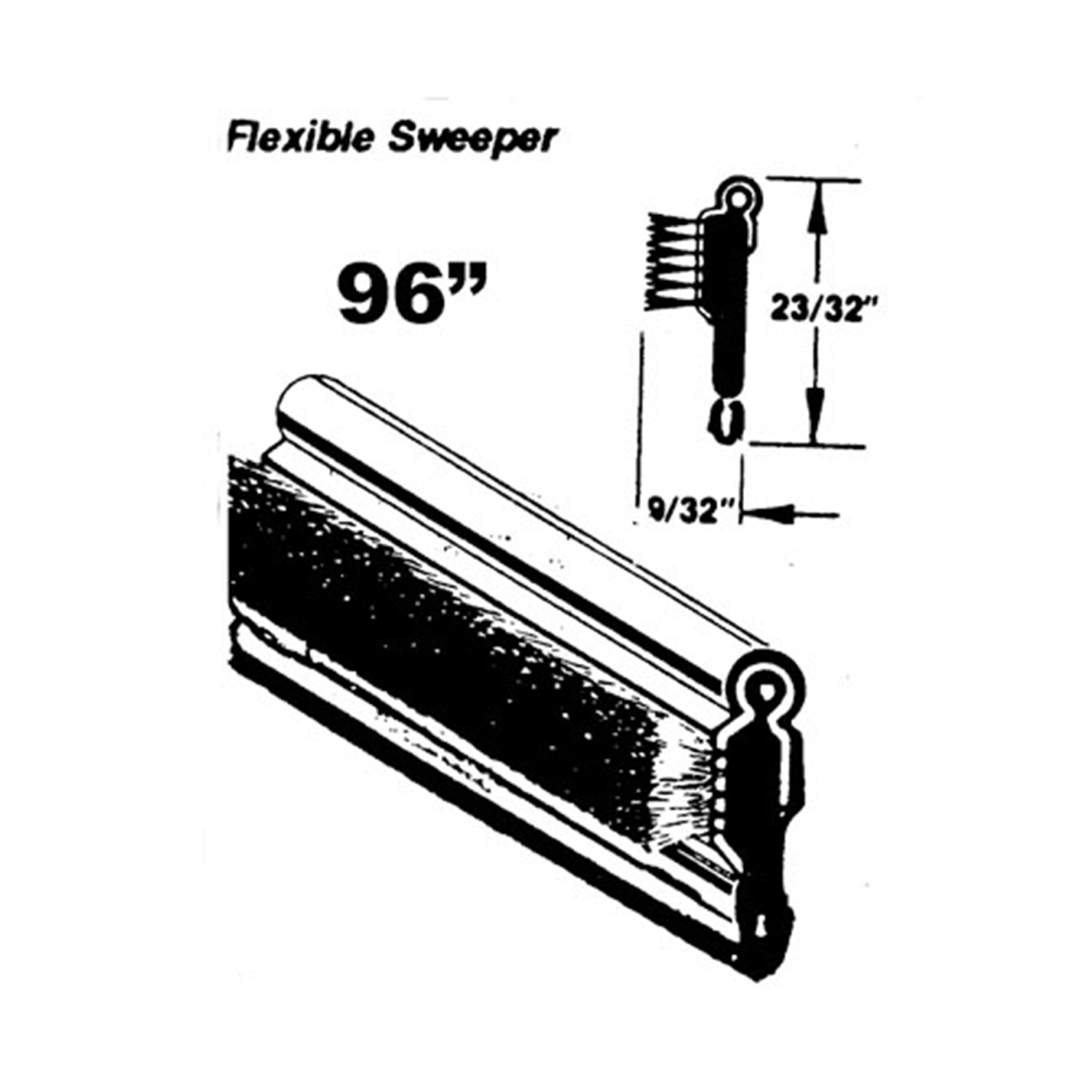 1956 Chrysler 300 Flexible window sweeper. Made with stainless steel bead-WC 4-96Flexible window sweeper. Made with stainless steel bead. 96 in. long. Each. NOTE: $20 special shipping charge applies for domestic orders. Call or email for overseas shipping costs. Part can be sectioned in two or three equal lengths to reduce overseas shipping costs.
1956 Chrysler 300 Flexible window sweeper. Made with stainless steel bead-WC 4-96Flexible window sweeper. Made with stainless steel bead. 96 in. long. Each. NOTE: $20 special shipping charge applies for domestic orders. Call or email for overseas shipping costs. Part can be sectioned in two or three equal lengths to reduce overseas shipping costs.Why Choose Metro?
For over 100 years, Metro Moulded Parts has been the pinnacle of quality in classic car restoration parts. Our commitment to precision and authenticity in every component ensures a perfect fit and an OEM-level appearance.
- Expert Craftsmanship & Quality: Each part is a testament to our dedication to reliability and perfection, crafted from original designs and thoroughly tested.
- Advanced Technology: We use cutting-edge techniques to create flawless, long-lasting parts that surpass others in performance.
- SuperSoft Sponge – The Ultimate Door Seal: Not only are our door seals 30% softer than competitors', but they're also guaranteed to never leak. They effectively reduce wind and road noise, enhancing your classic car's comfort and driving experience.
- Proudly American: Our parts are a product of American craftsmanship, made in the USA with a spirit of excellence and heritage.
- Unrivaled Warranty: We back our products with a 30-year industry-leading warranty, a testament to our confidence in their quality.
Join us in preserving the legacy of classic cars with parts that are crafted for perfection, not just made.

